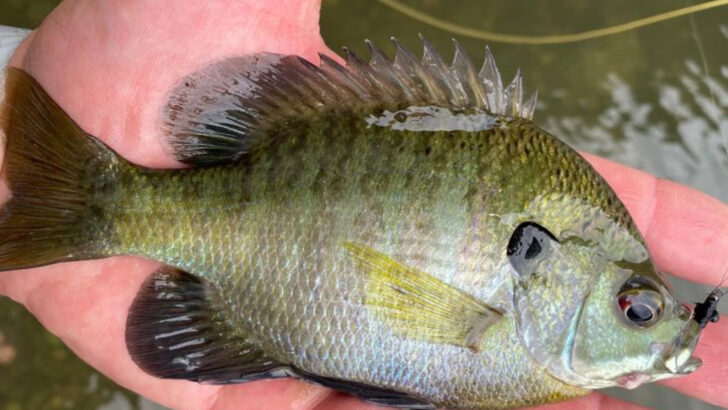Texas waters are teeming with life, and we’re not talking about your typical fish. The Lone Star State is home to an impressive variety of native species that are thriving in its rivers, lakes, and coastal waters.
From the mighty Guadalupe bass to the sleek alligator gar, these fish aren’t just surviving—they’re dominating. Each species plays a crucial role in the ecosystem, proving that Texas waters are more than just a place to fish.
Get ready to dive into the world of these incredible native fish. Whether they’re lurking in deep pools or darting through the shallows, they’ve been thriving here for generations. And the best part? They’re still going strong. Let’s explore why Texas waters are the perfect home for these aquatic legends!
Guadalupe Bass
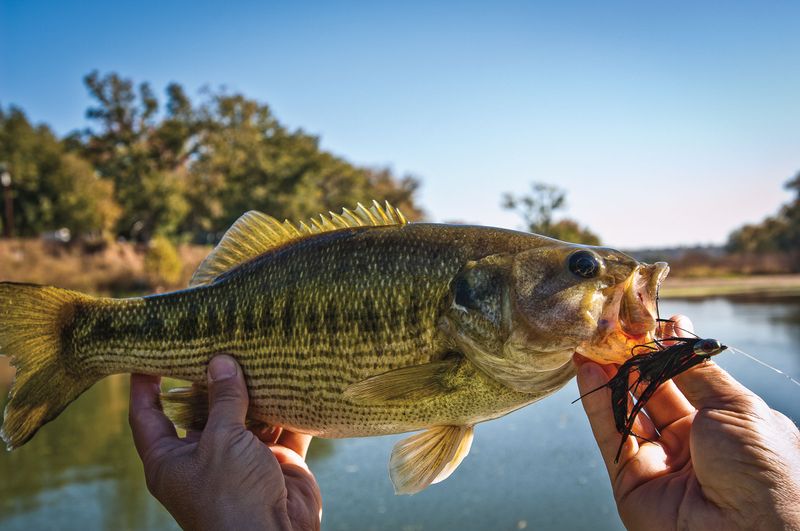
The Guadalupe Bass is the official state fish of Texas. Found predominantly in the clear, fast-flowing streams of the Texas Hill Country, this freshwater fish is a beloved target for local anglers.
Characterized by its olive-green body marked with broken vertical stripes, the Guadalupe Bass blends seamlessly into its rocky habitat. Known for its spirited fight when caught, anglers cherish the challenge it presents.
Its conservation status highlights the importance of maintaining clean, healthy river systems in Texas. Efforts to preserve this species also help protect the broader ecosystem.
Alligator Gar
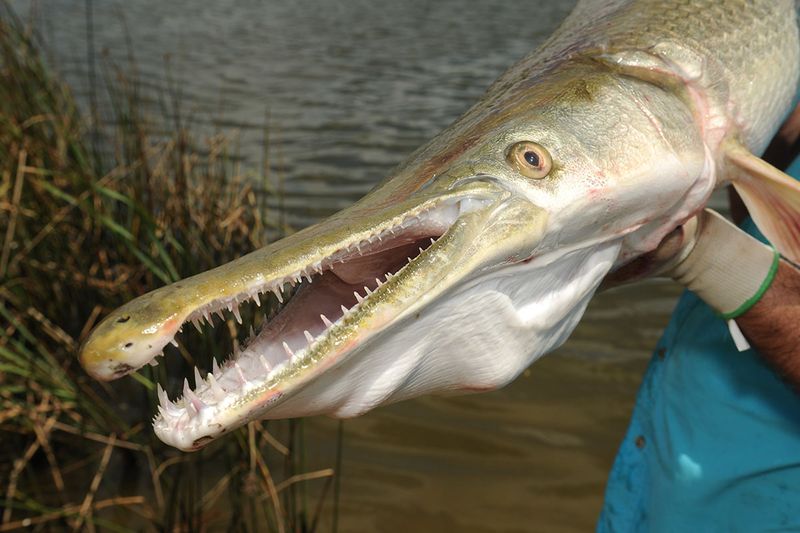
The Alligator Gar is one of the largest freshwater fish in Texas waters, known for its prehistoric appearance and formidable size. Distinguished by its torpedo-shaped body and long snout filled with sharp teeth, this fish is a fascinating sight.
Primarily found in slow-moving rivers and reservoirs, the Alligator Gar plays a crucial role in the aquatic food chain by controlling other fish populations. Although their size can be intimidating, they pose little threat to humans.
Efforts to protect their habitat are vital to maintaining the ecological balance of Texas’s waterways.
Red Drum
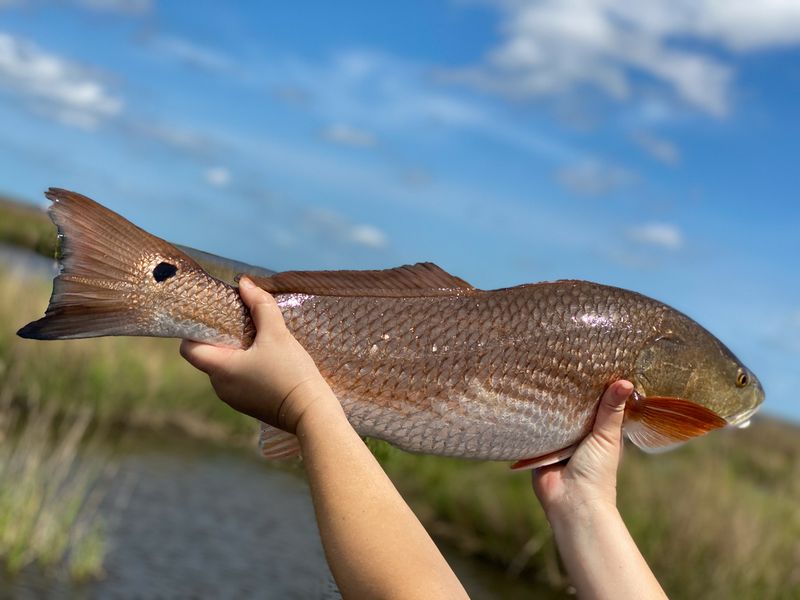
The Red Drum, or Redfish, is a popular catch along the Texas coast. With its copper-bronze body and distinctive black tail spot, it’s easily recognizable.
Living in both freshwater and saltwater, Red Drum are resilient and adaptable, making them a favored species among sport fishers. Their preference for shallow waters like estuaries and bays makes them accessible to anglers of all levels.
Conservation efforts focus on regulating fishing practices to ensure this species continues to thrive along the Texas Gulf Coast.
Texas Cichlid
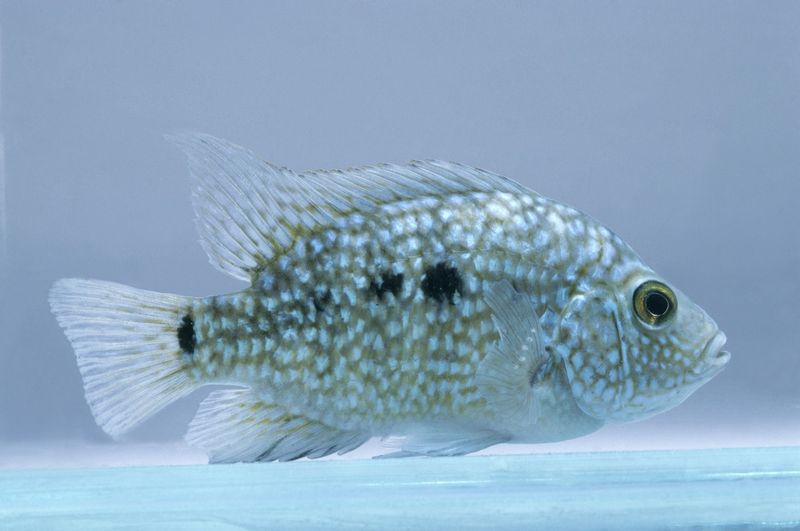
The Texas Cichlid is the only cichlid species native to the United States. Found in the rivers of Central and South Texas, this vibrant fish is admired for its striking coloration.
Displaying shades of blue, green, and white spots, the Texas Cichlid brings a splash of color to its riverine habitat. They are territorial and can be aggressive, especially during breeding season.
Their presence in Texas rivers underscores the state’s unique biodiversity, making them a favorite among aquarists and nature enthusiasts alike.
Paddlefish
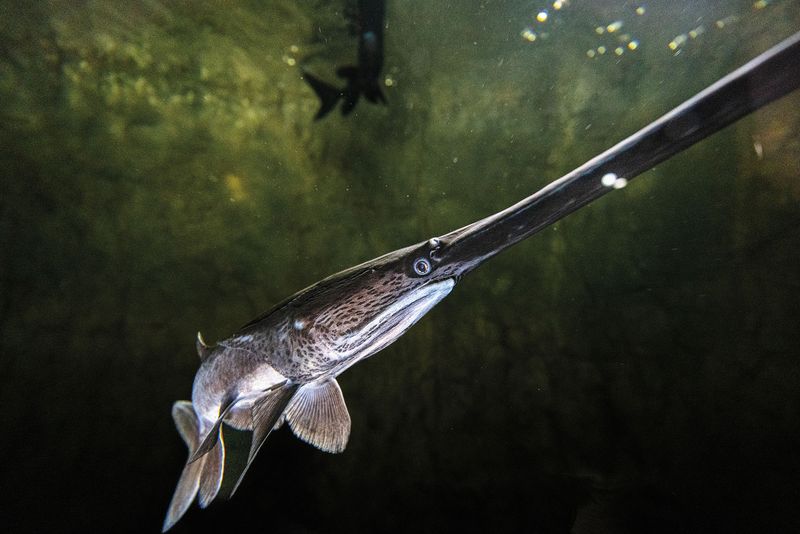
Paddlefish are a unique species found in the large rivers of East Texas. Recognizable by their long, paddle-shaped snouts, these ancient fish have roamed the planet for millions of years.
Their filter-feeding habits play a vital role in maintaining plankton levels in their habitat. Due to overfishing and habitat changes, paddlefish populations have declined, prompting conservation efforts.
These efforts, including habitat restoration, aim to ensure their continued survival and highlight the importance of sustainable fishing practices in Texas.
Blue Catfish
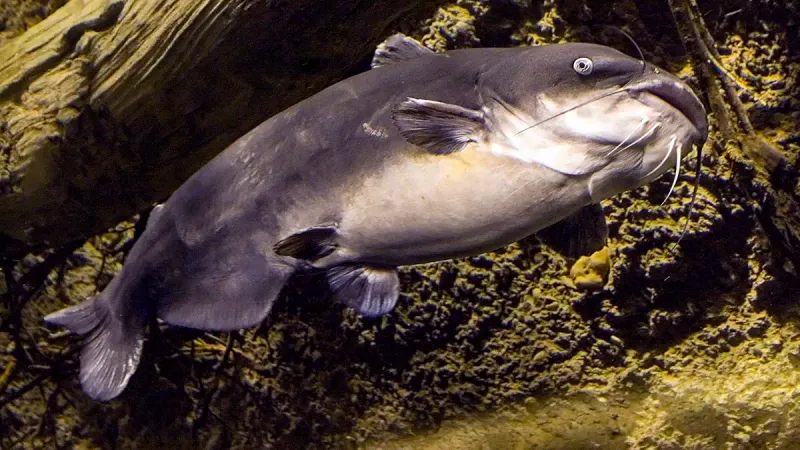
The Blue Catfish is the largest catfish species in North America and a popular game fish in Texas. Known for their impressive size and strength, they are a prized catch for anglers.
These fish thrive in large rivers and reservoirs, where they feed on a diet of fish and invertebrates. Their bluish-gray skin and whisker-like barbels are distinctive features.
Efforts to manage their populations focus on maintaining healthy ecosystems and preventing overfishing, ensuring these giants continue to inhabit Texas waters.
Spotted Seatrout
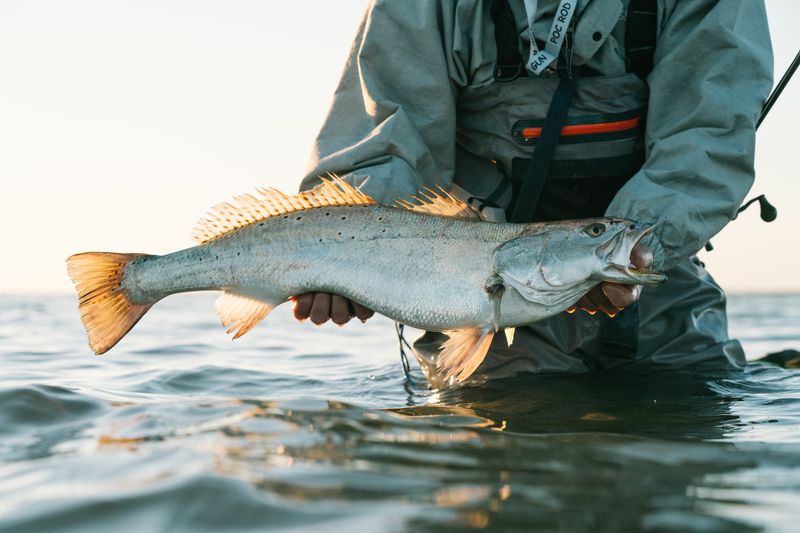
Spotted Seatrout, also known as Speckled Trout, are a cherished sport fish along the Texas coast. They inhabit shallow, warm waters like bays and estuaries, where they are easily accessible to fishermen.
Their silver bodies adorned with black spots make them a striking catch. Anglers appreciate their feisty nature and delicious taste.
Sustainable fishing practices are crucial to preserving their populations, ensuring that future generations can enjoy the thrill of catching Spotted Seatrout in Texas’s coastal waters.
Longnose Gar
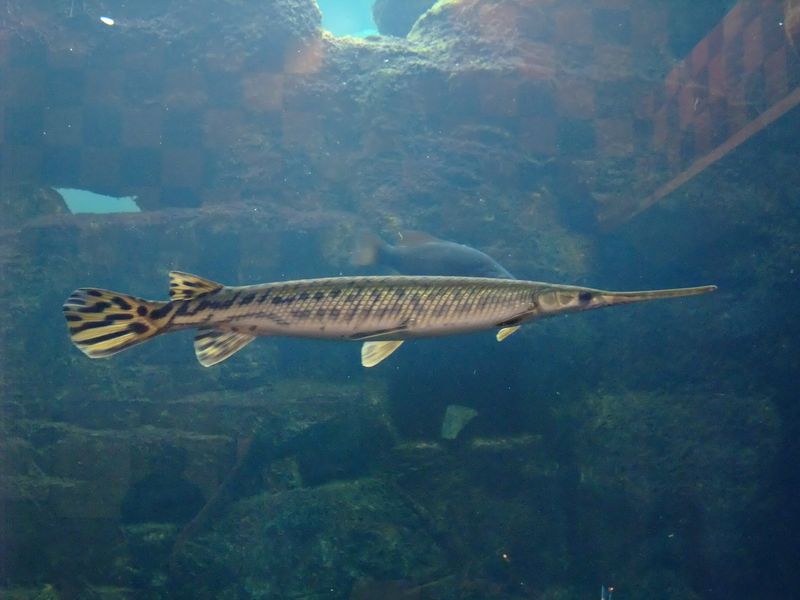
The Longnose Gar is a distinctive fish found in the rivers and lakes of Texas. Known for its elongated body and needle-like snout, it has an unmistakable appearance.
These fish are adept hunters, using their sharp teeth to catch prey in the water. Although they may seem intimidating, Longnose Gars are generally harmless to humans.
Their presence indicates a healthy waterway, as they thrive in clean, well-oxygenated environments. Protecting these habitats is essential for their continued survival.
Channel Catfish
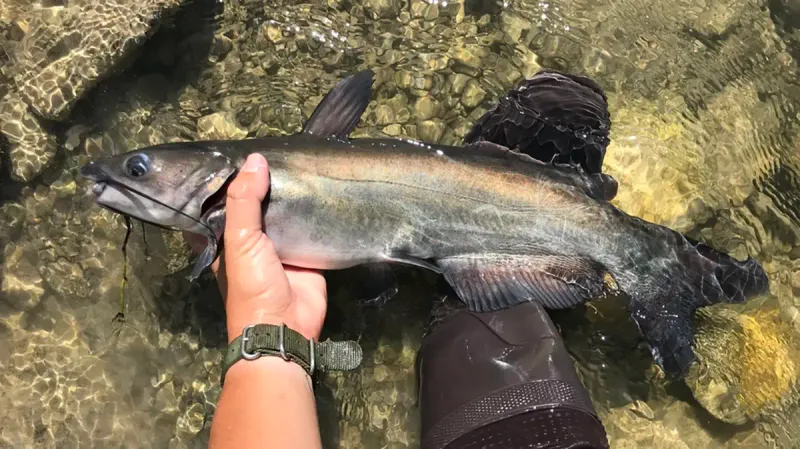
Channel Catfish are a ubiquitous presence in Texas waterways and a favorite among anglers. Recognized by their forked tails and whisker-like barbels, they thrive in rivers and reservoirs.
These adaptable fish are bottom feeders, consuming a diet of insects, crustaceans, and small fish. Anglers enjoy catching Channel Catfish for both sport and their delicious taste.
Maintaining healthy populations requires responsible fishing practices and habitat conservation, ensuring that Channel Catfish remain a staple of Texas’s aquatic biodiversity.
Largemouth Bass
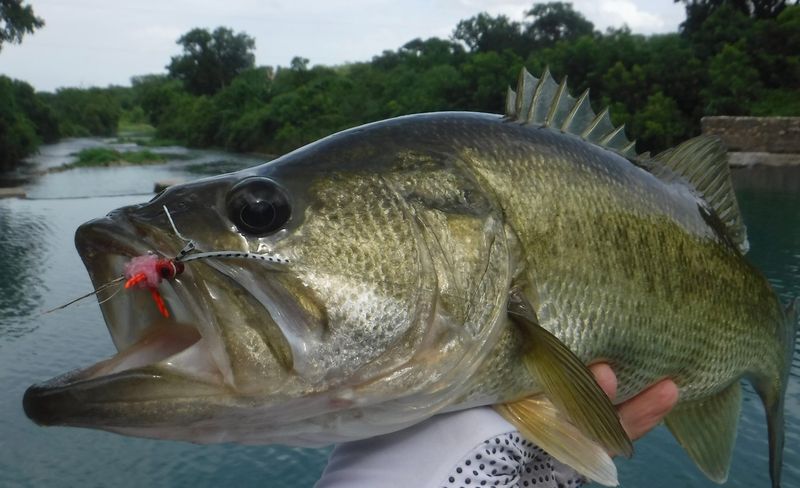
Largemouth Bass are a quintessential game fish, found in lakes and ponds across Texas. Known for their aggressive feeding habits and thrilling fight when hooked, they’re a favorite among sport fishers.
Characterized by their large mouths and greenish bodies, these fish are often stocked in water bodies for recreational fishing. Conservation efforts focus on habitat preservation and preventing overfishing.
Their popularity highlights the importance of sustainable practices to ensure future generations can experience the excitement of catching Largemouth Bass.
Bluegill
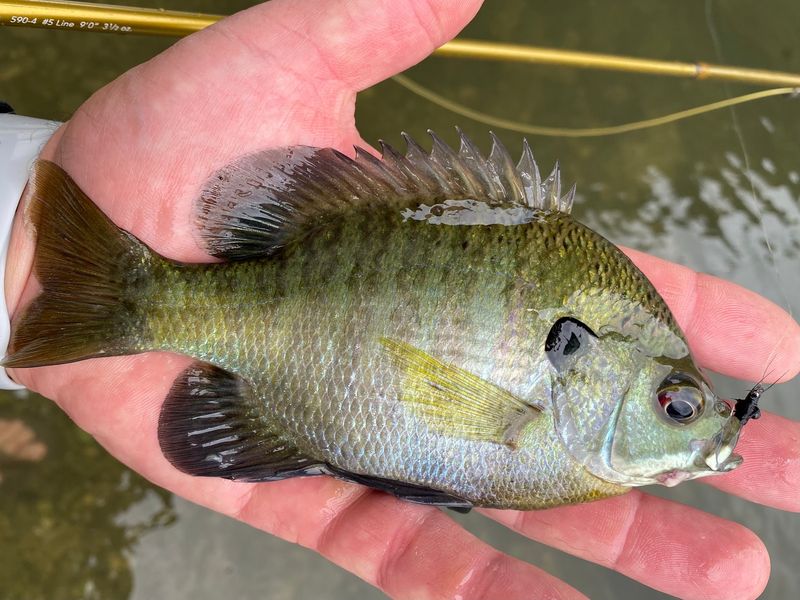
Bluegill are small yet vibrant fish commonly found in Texas’s freshwater systems. Recognized by their deep bodies and striking colors, they are a joy to observe.
These fish prefer warm, calm waters like lakes and ponds, where they congregate in schools. Anglers often target Bluegill for their abundance and as a fun, easy catch for beginners.
Conservation efforts aim to maintain healthy populations by preserving aquatic habitats and managing fishing activities, ensuring Bluegill continue to thrive in Texas waters.
White Bass
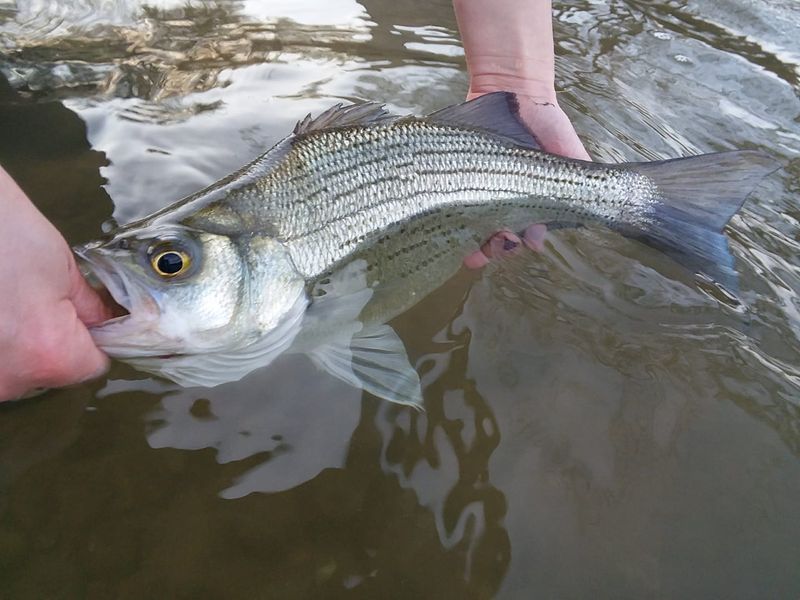
White Bass are known for their spirited nature and are a popular catch in Texas reservoirs. Their silver bodies with horizontal stripes make them easily recognizable.
These fish migrate upstream to spawn, offering anglers exciting opportunities. Their aggressive feeding habits make them a thrilling catch.
Efforts to monitor and manage their populations focus on maintaining ecological balance and preventing overfishing, ensuring that White Bass remain a staple of Texas’s fishing community.
Flathead Catfish
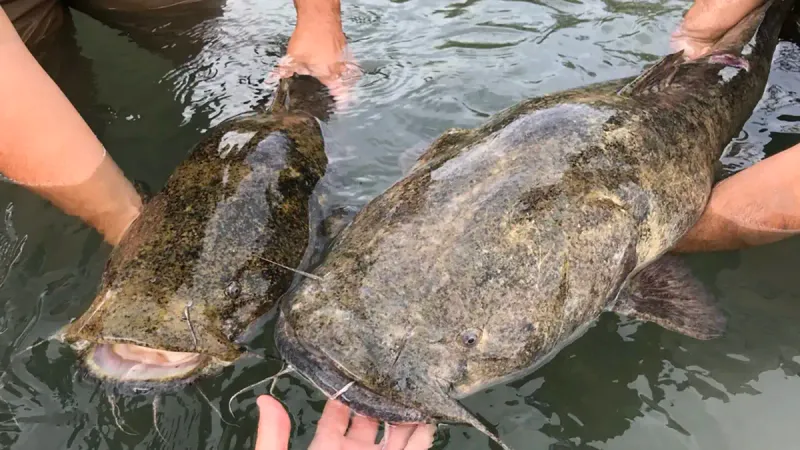
Flathead Catfish are a prized catch for their size and flavor, found in Texas rivers and reservoirs. Recognized by their flat heads and mottled, brownish skin, they can grow to impressive sizes.
These nocturnal predators feed on fish and invertebrates, contributing to the ecological balance of their habitats. Anglers enjoy the challenge and reward of catching them.
Conservation efforts focus on habitat preservation and sustainable fishing practices to ensure that Flathead Catfish populations remain robust in Texas waters.
Rio Grande Cichlid
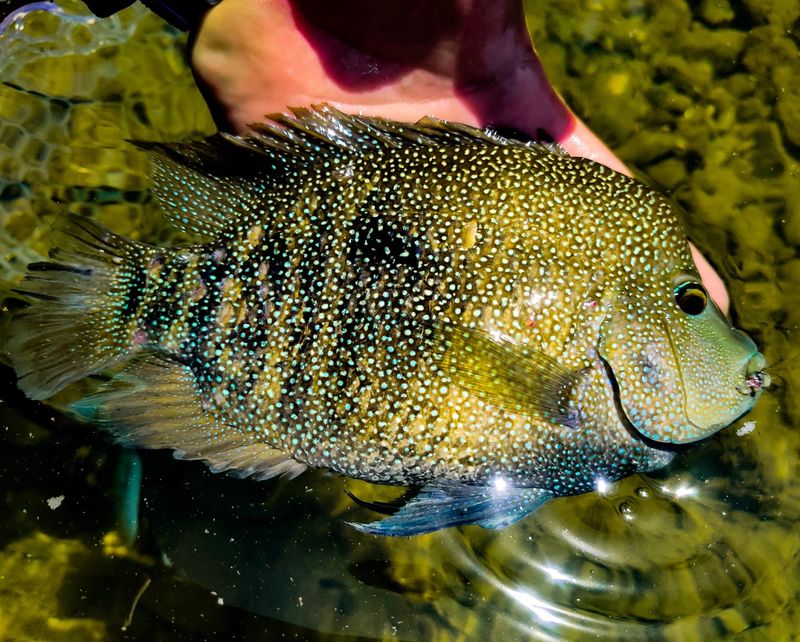
The Rio Grande Cichlid is a striking fish native to the Rio Grande River and its tributaries. Known for its turquoise body and black spots, it adds vibrant color to Texas’s aquatic landscapes.
This species adapts well to various conditions, often found in warm, shallow waters. Their distinct appearance makes them popular among aquarists.
Efforts to preserve their natural habitats are crucial for maintaining their populations and ensuring they continue to be a part of Texas’s rich biodiversity.

